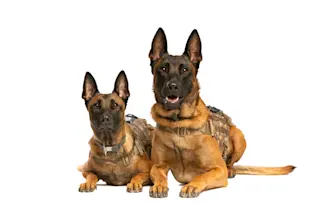When we take a walk through the park with a loved one, we’re not just two people who happen to be moving in the same direction. We’re experiencing what some researchers call a moment of “shared intentionality.” Our ability to do this may be what enabled humans to uniquely evolve into the intensely social creatures that we are.
But, let’s say you invited Fido along for that stroll of shared intentionality between two humans. Might your pet also be experiencing this same social phenomenon? Experts are trying to pin that down, in an effort to expand understanding of animal minds and our own.
As researchers have probed animal brains and behavior, they have realized that many non-human animals appear to dream, play, communicate with each other and may even possess a “theory of mind.” If the latter is true, it could mean they recognize other creatures as thinking beings. All ...














